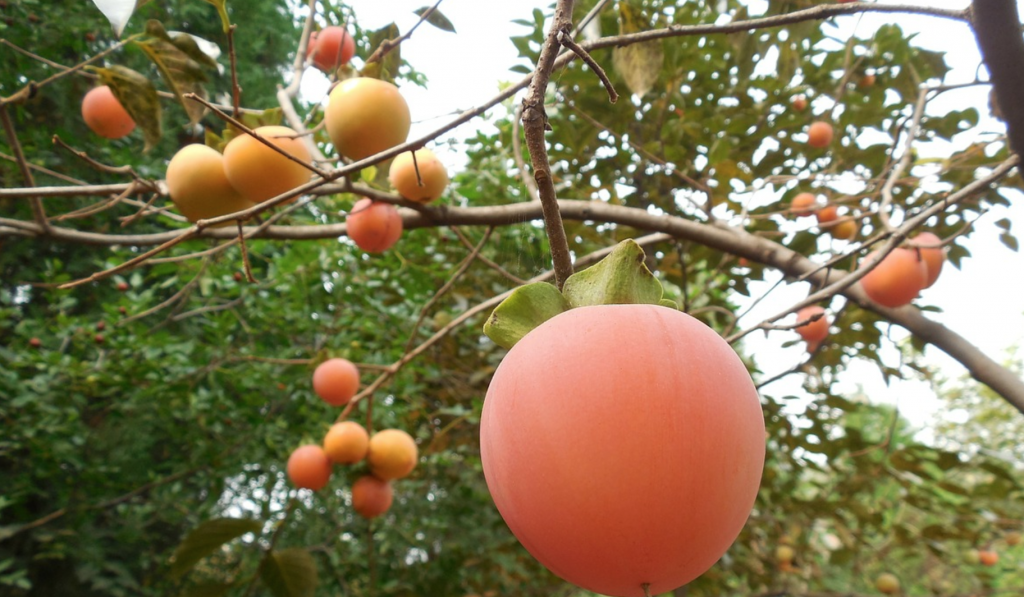Foraging for edible foods in the wild during the fall and early winter can be challenging. This is a time when forests are shutting down for the long winter ahead, and resources become increasingly-scarce. However, there are a few plants and trees that produce an abundance of edible sources of nutrition that can sustain you during a survival situation. Let’s look at few examples of things to be on the lookout for.
Pine Nuts
Pine trees are found in almost every forest and wilderness area in the country, and their tell-tale cones contain an awful lot of nutrient rich pine nuts. Did you know that a cup of pine nuts contain about 1,000 calories? Not only that, but they’re loaded with healthy fats, amino acids, proteins, vitamin B, thiamine and manganese. A couple of cups of pine nuts can actually be one of the most well-rounded sources of nutrition in the field.
Acorns
Oak trees produce a lot of acorns every year, and the best time to harvest them is during the fall and early winter. The nuts contain a lot of carbohydrates, some protein and a handful of important nutrients that we need on a daily basis. In fact, one ounce of nuts contains more than a hundred calories, and this means that a handful can actually meet your daily requirements.
Acorns also have a few medicinal properties thanks to concentrations of tannic acid, and these can be helpful in the field as well. Some examples include soothing an upset stomach, easing diarrhea, regulating blood pressure and reducing inflammation.
There are a number of ways that you can prepare acorns, from roasting them to using them as a tea or grinding them into flour. This is definitely one food source that you want to try and take advantage of if you’re foraging in the woods during the latter part of the year.
Rose Hips
Rose hips are the little fruits that grow on wild rose bushes, and they have a nice sweet, yet tangy flavor. A cup of rose hips contains more than 150 calories, and they are loaded with numerous vitamins and minerals, including extraordinarily-high concentrations of vitamin C. The easiest way to prepare rose hips is to remove the stems and pods, cut them in half, and soak them in hot or boiling water until they soften. You can also enjoy some rose hip tea as satisfying and soothing hot drink.
Persimmon
Wild persimmons are usually smaller and uglier than what you find in stores. However, they also tend to be sweeter and more nutritious as well. The best time to forage for persimmon is during October and November when the fruits begin to shrivel and wrinkle up. One cup of persimmons will provide you with more than a day’s worth of vitamin C, along with more than a hundred calories.
Walnut
Walnuts reach maturity in the fall, and they can be found in large numbers around mature trees. Walnuts are an excellent source of protein, healthy fats, carbohydrates and a number of vitamins and minerals, and one ounce contains more than a hundred calories. Best of all, you don’t need to process the walnuts before eating. Just crack the shell and you’re good to go.
These are just a few examples of excellent sources of food in the wilderness as fall transitions into winter. Take time to become more familiar with species in your area that can keep you nourished if you’re ever forced to forage during this time of the year.

